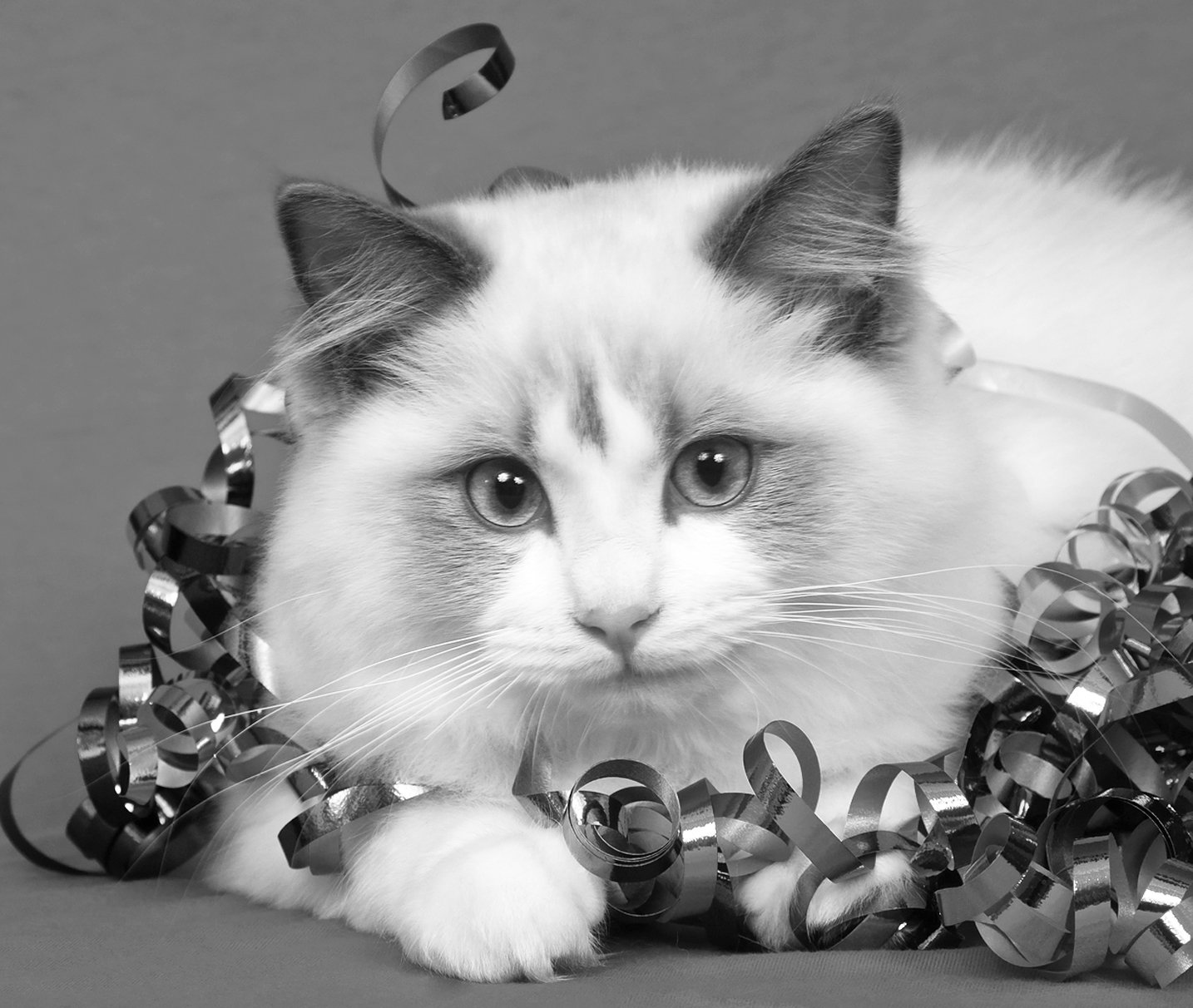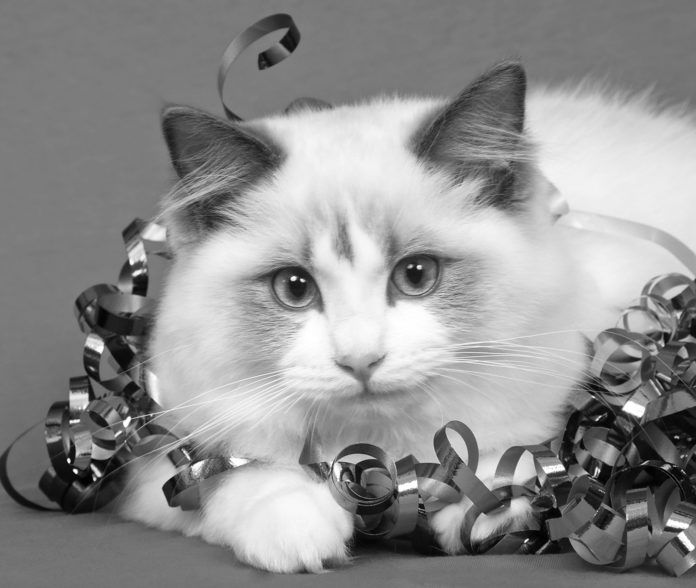[From Tufts June 2011 Issue]
BIGSTOCK

Witnessing your cat get into a crouched posture, make retching sounds and then vomit undigested food or bile — usually on a hard-to-clean surface like your carpet or your bedroom pillow — is not pleasant for you. And vomiting is certainly unpleasant for your cat.
Why do cats vomit? When should it be considered a harmless, isolated incident and when should it prompt owners to seek veterinary care?
Pinpointing the cause of acute or chronic vomiting in cats can be challenging, reports Michael Stone, DVM, internal medicine specialist and Clinical Assistant Professor at Cummings School of Veterinary Medicine at Tufts University.
“I see quite a few cases where vomiting occurs in strictly indoor cats, and despite extensive diagnostic testing, no cause is found,” says Dr. Stone. “Many of these patients improve quickly, never have a recurrence and are suspected to have suffered a bout of pancreatitis. Many cats are also brought to me with simple problems like hairballs or ingestion of a ‘bad mouse’ after hunting outside.”
Unlike dogs, cats are more discriminating eaters and are less likely to ingest something they shouldn’t. That’s the good news. But also unlike dogs, cats tend to mask illnesses, so you don’t know they are in a serious health situation until the condition escalates. That’s the bad news.
Topic discussed at veterinary conference
Identifying the causes of vomiting in cats in order to prescribe appropriate treatments was a topic of keen interest at the recent Western Veterinary Conference in Las Vegas, which drew thousands of veterinarians and veterinary technicians. The lecture on vomiting was presented by Frederic Gaschen, Dr. med. vet., DACVIM, an associate professor at Louisiana State University and president of the Comparative Gastroenterology Society.
“In assessing a cat, it is important to not forget the basics when taking the history and performing the physical exam,” says Dr. Gaschen. “You need to take a systematic approach to addressing vomiting in cats so you can rule out possible causes.”
Dr. Stone says that obtaining as much specific information as possible from the owner about the cat can help narrow down possible causes. He says that hairballs are often the primary cause of vomiting. During grooming, cats swallow hair that can irritate the stomach.
“Important clues for me to obtain from the owner are if there are foreign objects in the vomit, if their cat has access to the outdoors, and the length of time that the vomiting has occurred,” says Dr. Stone. “The cat’s current activity level, appetite and time since the last vomiting episode are also important details to obtain. Many diseases can cause vomiting and having this information can help narrow down the possibilities.”
Additional clues include the presence or absence of diarrhea, weight loss, coughing and excessive thirst. Vomiting may be caused by:
– Intestinal parasites
– Viral or bacterial infections
– Ingestion of foreign objects (such as tinsel, string or wool) that cause blockages in the intestinal tract
– Adverse reactions to certain medications, such as antibiotics or pain medications
– Accidental ingestion of human or canine medications, or of poisonous plants
– Food intolerance or allergies
– Gastrointestinal diseases, including inflammatory bowel disease (IBD), gastritis, pancreatitis, lymphoma or liver disease
– Heartworm infection
– Fear or stress
– Severe constipation
– Motion sickness (for example, during car rides)
BIGSTOCK

Conducting a diagnostic evaluation
Dr. Gaschen says lab tests, including urinalysis and blood work, are advised if the cat displays other clinical signs besides vomiting — such as dehydration, weight loss, lethargy or a weakened appetite.
Adds Dr. Stone, “Continued vomiting — more than twice or longer than four hours between vomiting episodes — suggests the need for veterinary evaluation. Loss of appetite for longer than 12 hours or extreme listlessness should also prompt evaluation.”
The age of the cat also needs to be considered. Vomiting in younger cats may be due to parasites, bacterial infections, food allergy or ingestion of a foreign object.
“Vomiting of foreign objects (such as plastic, tinsel or parts of a toy or clothing) signals the possible need for surgical intervention,” says Dr. Stone.
In older cats, vomiting is more likely to be associated with hyperthyroidism, chronic kidney disease, liver disease, pancreatitis or lymphoma. In using lymphoma as an example, Dr. Stone explains that there are two forms of gastrointestinal lymphoma in cats.
“The large cell or ‘bad’ form may be seen in cats of any age,” he says. “The small cell or ‘good’ form is recognized in older cats. This form of cancer progresses slowly and responds well to treatment. My personal cat had small cell lymphoma of the gastrointestinal tract and lived for three years after the diagnosis.”
Depending on the physical examination findings and results of basic blood work, X-rays, ultrasound, endoscopy and even exploratory surgery may be warranted. In cases of chronic vomiting, an ultrasound may reveal an abdominal mass, for example.
Dr. Gaschen said that occasional vomiting — say once or twice a month — should not be cause for alarm, providing your cat appears healthy, has a good energy level and is eating properly. Vomiting can also occur when a cat eats too fast or her diet is changed. Switching commercial diets should be done gradually — usually over seven to 10 days.
Bottom line: Know what is normal behavior for your cat and weigh her weekly, so you can provide your veterinarian with an accurate history if she begins to have vomiting episodes.




